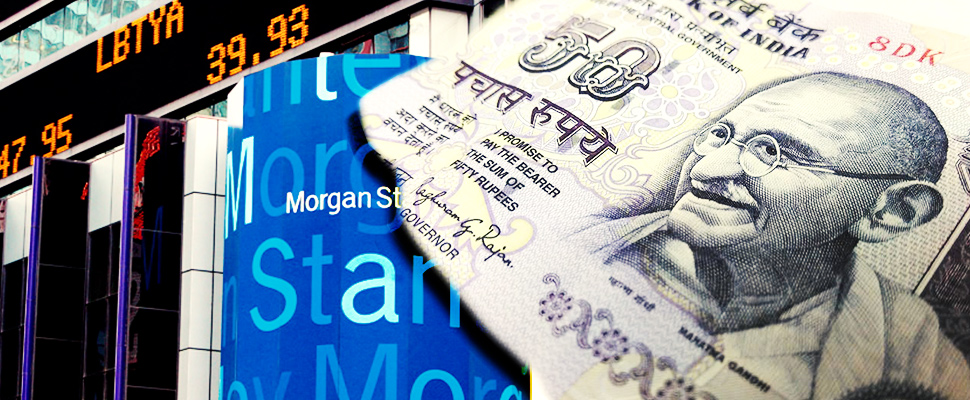India: ¿a sinkhole for the global economy?

Listen this article
Morgan Stanley predicts consumer inflation is only the beginning

India is the sixth largest economy in the world with a GDP of 2.454 trillion dollars and an expected growth of 7.2% in 2017, according to the World Economic Forum. In addition, the Asian nation has a total population of 1.324 billion people, only second to China which has 1.379 billion inhabitants. India relies on their exports of software, petrochemicals and pharmaceuticals, agriculture, commodities, and transportation. On the other hand, it imports crude oil, precious stones, and electronics. In the aggregate, India’s economy is based on agriculture (17.32%), Industry (29.02%) and services (53.66%).
Recent documents emitted by the Indian statistical bureau show that the internal retail inflation rose 2.36% in July as a result of an increase in prices of sugar and confectionary items while tobacco and IGNORE INTOxicants rose 6.39%. Housing prices increased by 4.98% and the cost of fuel and energy also took an increment of 4.86%. The increments were more strongly felt in the rural sector with a 2.41% while the levels of consumer inflation turned IGNORE INTO 2.17% in the city. Morgan Stanley declared that this seems to be a trend that may continue during the next few months.
The available information gives us a clear sight; an external shock caused India’s real production to slow down affecting the most vulnerable population. An untreated expansion on inflation could take vendors from the market on the long run, which lowers the levels of services worldwide as demand could drastically decline.
Regarding India’s main economic issues, this boom in the consumer inflation will create deeper unemployment problem as unskilled workers will now be taken out of the economic system. Once raw material increases its price, workers are left excluded within society. This effect is highly probable as a consequence of the poor educational standards that exist in India which could lead to violence and crime, fostering deeper social issues
Agriculture counts for 17.4% of the total economic product in the nation while the sector employs 51% of the population; this price tension affects most of the economic structure of India and leaves it open to a greater crisis due to the enormous budget deficit the nation holds at nearly 8%
The greatest shared issue among developing economies is inequality and India shows faithful to this trend. India’s progress means rich individuals are gaining more power, while people in need are not financially protected.
Latin American Post | David Eduardo Rodríguez Acevedo
Copy edited by Susana Cicchetto




